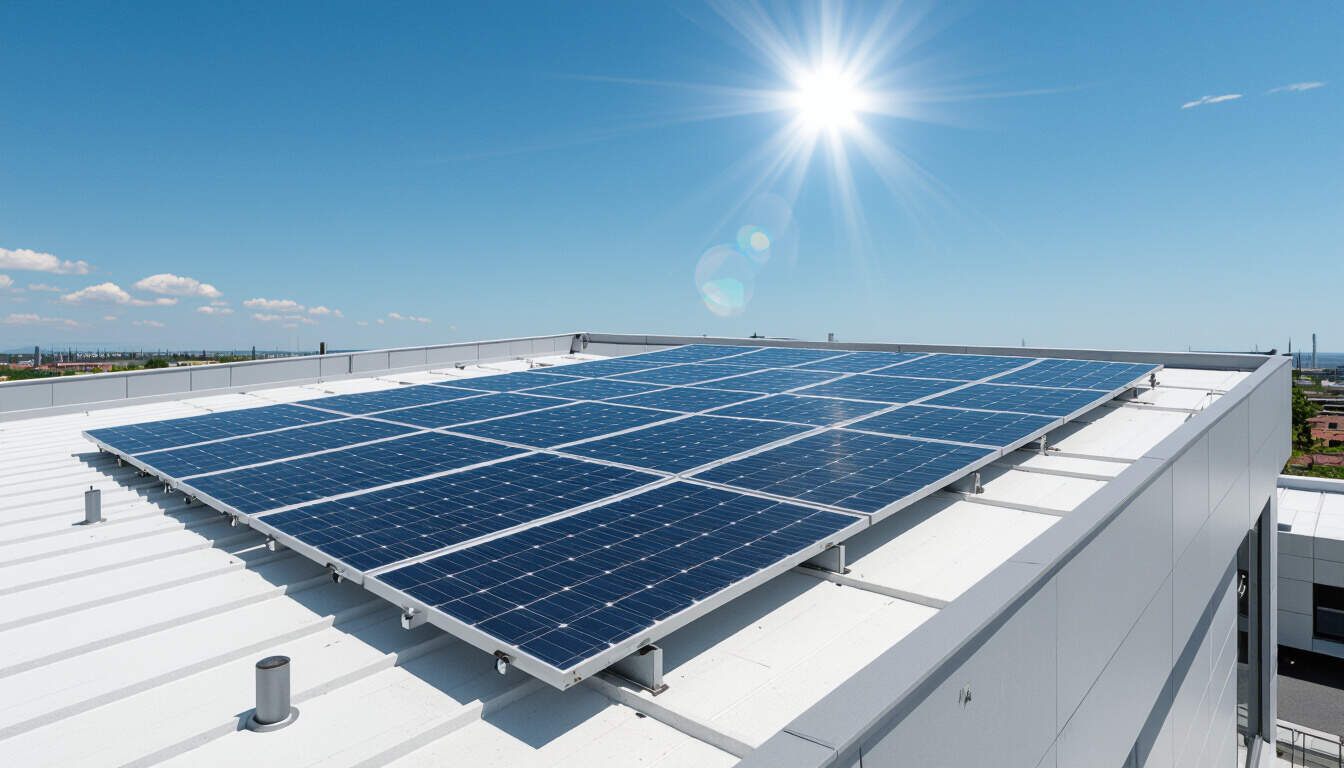Investing in Solar Energy for Financial Stability
 by Marlene Keeling
by Marlene Keeling
Explore how solar energy investments can enhance cashflow for small businesses and individuals. This article covers cost savings, potential returns, and strategies to integrate solar power into your financial planning, promoting long-term stability and growth.

Solar energy investments offer a promising path for improving financial health. For small business owners, adding solar energy to operations can lead to noticeable reductions in expenses.
One key advantage is the decrease in utility bills. By generating your own electricity, you rely less on traditional sources, which often fluctuate in price. This stability helps in maintaining steady cashflow.
Consider a small retail store that installs solar panels. The initial setup might require upfront capital, but over time, the savings accumulate. For instance, a business could see a return on their investment within a few years through lower monthly costs.
In terms of personal finance, individuals can also benefit from solar installations at home. This approach not only cuts down on household expenses but also adds value to property. Homeowners might qualify for incentives that further boost their savings.
To get started, evaluate your energy needs. Begin by assessing current consumption patterns. This step ensures that the system you choose matches your requirements.
Financial planning plays a crucial role here. Many opt for loans or financing options specifically for renewable energy projects. These can spread out costs, making it easier to manage budgets without disrupting daily finances.
For businesses, integrating solar energy can enhance competitiveness. Companies that adopt sustainable practices often attract customers who value environmental responsibility. This can lead to increased revenue streams.
Let's look at potential risks. Like any investment, solar energy has uncertainties, such as changes in technology or policy. However, with proper research, these can be minimized.
A basic breakdown of costs includes the price of panels, installation, and maintenance. While these might seem high at first, the long-term gains often outweigh them. For example, panels typically last 25 years or more, providing ongoing benefits.
Individuals seeking financial growth should consider the tax aspects. In some areas, credits are available that directly reduce tax obligations, freeing up more funds for other uses.
When comparing to other investments, solar energy stands out for its dual benefits: environmental and financial. It provides a hedge against rising energy prices, ensuring more predictable expenses.
Small business owners might find it helpful to consult with financial advisors who specialize in sustainable options. These experts can offer insights tailored to specific situations.
In practice, tracking progress is essential. Use simple tools to monitor energy production and savings. This data can inform future decisions and adjustments.
Another angle is community programs. Some regions offer group purchasing options that lower costs through bulk buying. This makes solar more accessible for those with limited resources.
For families, the impact on daily life is significant. Reduced bills mean more money available for education or savings, supporting overall financial goals.
Businesses can also explore leasing options. Instead of buying outright, leasing panels allows for usage without the full initial investment, preserving cash for other needs.
Over time, as technology improves, efficiency increases. This means better performance and potentially higher returns for investors.
To illustrate, imagine a family that installs solar panels and sees their annual energy costs drop by 50%. That saving can be redirected towards debt reduction or investments.
For small enterprises, maintaining positive cashflow is vital for survival. Solar energy helps by providing a reliable source of cost control.
In summary, pursuing solar energy investments requires careful consideration but offers substantial rewards. By focusing on long-term benefits, both individuals and businesses can achieve greater financial stability.
Key Strategies for Implementation
- Assess energy usage to determine system size.
- Explore available incentives and credits.
- Compare financing options to find the best fit.
- Monitor performance regularly for optimal results.
Common Questions
What is the typical payback period? For many, it ranges from 5 to 10 years, depending on location and usage.
How does weather affect solar investments? Systems perform best in sunny areas, but modern designs handle various conditions effectively.
By incorporating these elements, you can make informed choices that support both your finances and the environment.
